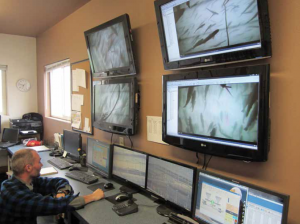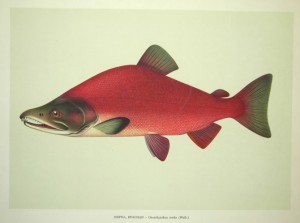

Desempeño ambiental de la acuacultura marina con jaulas de red en los Estados Unidos de Norteamérica
RESUMEN: Los Estados Unidos de Norteamérica (EE. UU.) poseen una pequeña industria de acuacultura de salmones mediante jaulas de red que data desde hace cuatro décadas y una



